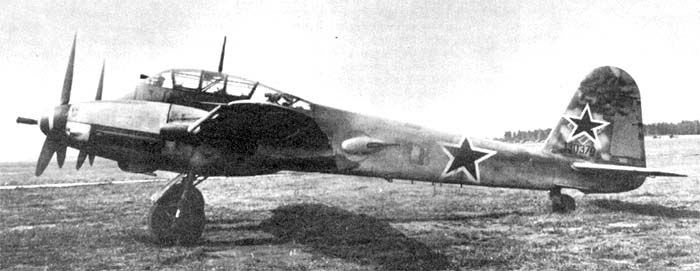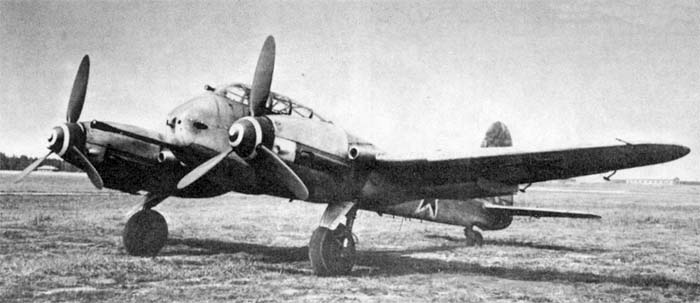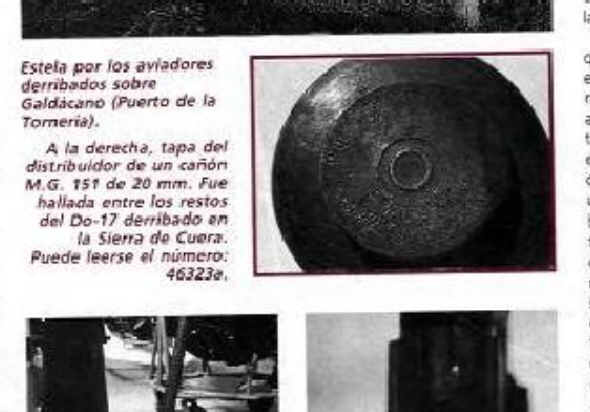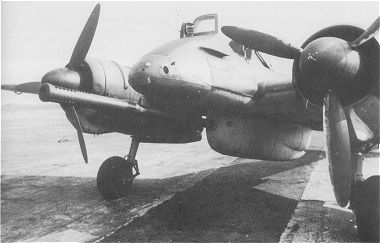Me-410 in combat with BK 5:

Browsing the page http://www.luftarchiv.de I ve found some interesting information of the use of this weapon in the me-410A-1/U4.
[COLOR=purple]Im Einsatz sind vor allem bei der Verwendung der so genannten BK/M.Gr. bemerkenswerte Erfolge erzielt worden; so hat z. B. eine Gruppe von 53 Me 410 A-1/U4, mit der BK 5 bei 6 Feindflügen im Zeitraum vom 22. Februar bis 11. April 1944 insgesamt 129 Stück der B-17 “Fortress” Bomber und 4 Stück der B-24 “Liberator” bei nur 9 Eigenverlusten abgeschossen. wie die Abschüsse von 9 “Fortress” Bombern aus etwa 800 m Entfernung am 9. und 11. April 1944 bewiesen.[/COLOR]
My german is poor, but the thing that I can understand here is that a heavy Fighter group was equipped with 53 Messers 410A-1/u4.
In the time period between 22 th february and 11 th april those carried out 6 separate missions and destroyed…129 B-17 Flying Fortress and 9 B-24 Liberators :shock:, with only nine own losses ( Me-410 destroyed by bombers or escort fighters)
9 Fortress were destroyed with shots at 800 meters in 9th april and 11th april.
The number seems high to me but if true is pretty amazing.
Me-410 pull after a pass over B-24 of 388 BG.

Ltn Fröz aircraft in II/ZG 26, the killmarks belong to 3 B-17s shot down in april 1944 (extracted from Me-210/410 in action/Squadron Signal)
























